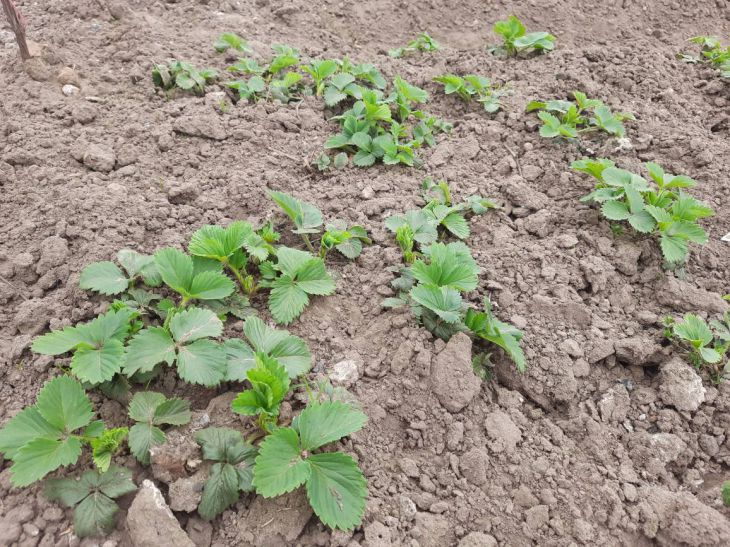Fallen leaves are not only a beautiful autumn attribute, but also a valuable resource for gardeners and vegetable growers.
Litter is a free organic fertilizer that can be used for mulching, composting and soil improvement.
In this article, we will tell you how to properly collect, store and use fallen leaves for the benefit of your garden and vegetable garden.
Fallen leaves contain many useful substances such as nitrogen, phosphorus, potassium, magnesium, calcium and microelements.
They also enrich the soil with organic matter, improve its structure, moisture capacity and air permeability.

Litter promotes the development of beneficial microflora and fauna in the soil, such as bacteria, fungi, worms and insects. Litter also protects the soil from overheating, drying out, erosion and weeds.
However, not all leaves are equally beneficial to the soil. Some tree species have leaves that are high in acid or tannins, which make them difficult to decompose and acidify the soil.
It is better not to use such leaves or to mix them with other materials. Such species include oak, maple, walnut, birch, aspen and spruce.
Fallen leaves need to be collected in a timely manner, before they get wet and rot.
It is best to do this after the first frost or after the trees have completely lost their leaves. You can collect leaves in different ways: with rakes, brooms, vacuum cleaners or metal brushes. Collected leaves should be put into bags or containers and stored in a dry place until use.
There are many ways to use fallen leaves, depending on the purpose and time of year. Here are some of them.
Mulching
This is the simplest and most common way to use fallen leaves. Mulching is covering the soil with a layer of organic material to protect it from adverse factors.
You can mulch beds, flower beds, trees and bushes. To do this, you need to pour a layer of leaves 5-10 cm thick on the soil surface. Leaf mulch protects the soil from drying out, overheating, freezing and weeds. It also gradually decomposes and improves soil fertility. You can mulch at any time of the year, but this is especially important in the fall and spring.
Composting
This is another way to use fallen leaves. Composting is the process of biological decomposition of organic material through the action of microorganisms and oxygen.
Compost is a finished product of composting that can be used as fertilizer for plants. To make compost from leaves, you need to mix them with other organic waste such as grass, straw, sawdust, chicken manure, etc. The ratio of leaves to other materials should be approximately 3:1.
The mixture should be placed in a special container or pit and periodically mixed and moistened. The composting process can take from several months to a year, depending on the conditions and composition of the mixture. The finished compost should have a loose structure, a dark color and a pleasant smell.
Soil improvement
This is another way to use fallen leaves. Soil improvement is the process of increasing the fertility and structure of the soil by adding various additives. Fallen leaves can be used to improve the soil in garden beds, lawns, or flower beds.
To do this, you need to pour a 10-15 cm thick layer of leaves on the soil surface and plow or dig it up. The leaves will gradually decompose and enrich the soil with organic matter and microelements. This method is well suited for heavy and poor soils, such as clay or sand.
As you can see, fallen leaves are not trash, but a valuable resource for your garden. Use them wisely and you will get healthy and beautiful plants.








